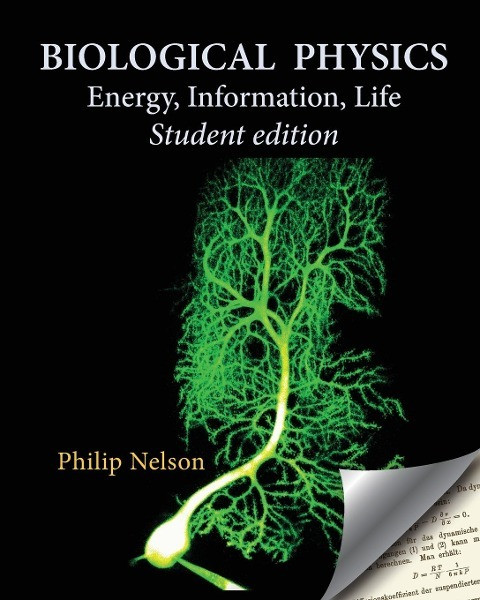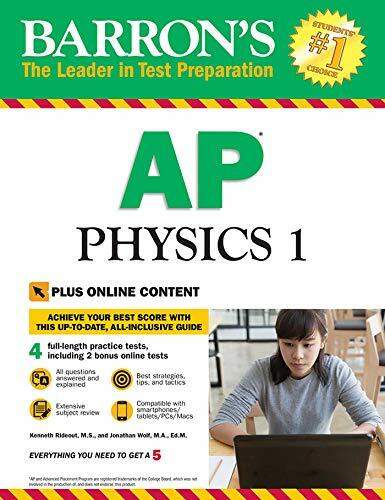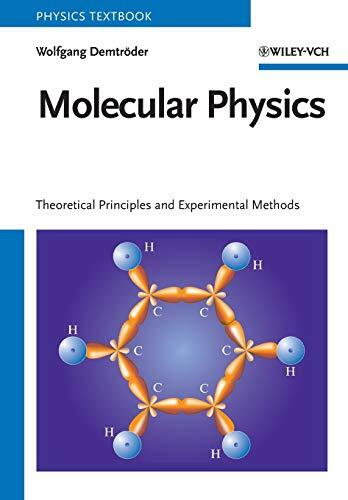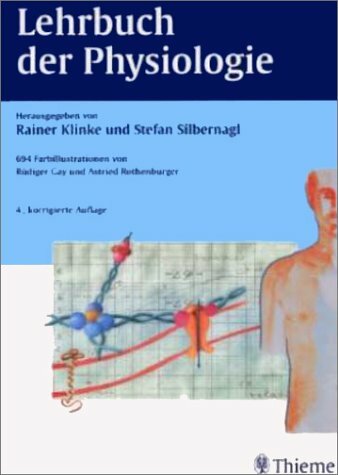
Biological Physics Student Edition
Kurzinformation
inkl. MwSt. Versandinformationen
Artikel zZt. nicht lieferbar
Artikel zZt. nicht lieferbar

Beschreibung
Award-winning professor brings you from first-year physics and chemistry to the frontier of single-molecule biophysics. Biological Physics is a university textbook that focuses on results in molecular motors, self-assembly, and single-molecule manipulation that have revolutionized the field in recent years, and integrates these topics with classic results in statistical physics, biophysical chemistry, and neuroscience. The text also provides foundational material for the emerging fields of nanotechnology and mechanobiology, and has significant overlap with the revised MCAT exam. This inexpensive new edition updates the classic book, particularly the chapter on motors, and incorporates many clarifications and enhancements throughout. Exercises are given at all levels of difficulty. Instead of offering a huge pile of facts, the discovery-style exposition frequently asks the reader to reflect on "How could anything like that happen at all?" and then shows how science, and scientists, have proceeded incrementally to peel back the layers of mystery surrounding these beautiful mechanisms. Working through this book will give you an appreciation for how science has advanced in the past, and the skills and frameworks needed to push forward in the future. Additional topics include the statistical physics of diffusion; bacterial motility; self-assembly; entropic forces; enzyme kinetics; ion channels and pumps; the chemiosmotic mechanism and its role in ATP maintenance; and the discovery of the mechanism of neural signaling. von Nelson, Philip
Produktdetails

So garantieren wir Dir zu jeder Zeit Premiumqualität.
Über den Autor
Philip Nelson is Professor of Physics and director of the Biophysics major at the University of Pennsylvania. He has received multiple teaching awards from the University of Pennsylvania and from the Biophysical Society, in part, for creating the course that formed the basis for this book.

- Taschenbuch
- 896 Seiten
- Erschienen 2020
- Wiley

- paperback
- 377 Seiten
- Erschienen 2000
- Springer

- paperback
- 600 Seiten
- Erschienen 2014
- Hodder Education

- hardcover
- 427 Seiten
- Erschienen 2012
- Springer

- Taschenbuch
- 608 Seiten
- Erschienen 2020
- Pearson Elt

- hardcover
- 1130 Seiten
- Erschienen 2006
- Houghton Mifflin

- Hardcover -
- Erschienen 2009
- Spektrum Akademischer Verlag

- Kartoniert
- 1296 Seiten
- Erschienen 2023
- Macmillan Learning

- paperback
- 320 Seiten
- Erschienen 2018
- Barrons Educational Series

- Kartoniert
- 456 Seiten
- Erschienen 2014
- Biozone International Ltd

- Gebunden
- 560 Seiten
- Erschienen 2021
- Wiley-VCH

- hardcover
- 384 Seiten
- Erschienen 2018
- Taylor & Francis Ltd

- Kartoniert
- 414 Seiten
- Erschienen 2021
- Springer Spektrum

- hardcover
- 640 Seiten
- Erschienen 2008
- Medicina

- Hardcover
- 224 Seiten
- Erschienen 2023
- Buchner, C.C.

- Kartoniert
- 882 Seiten
- Erschienen 2018
- Springer





























